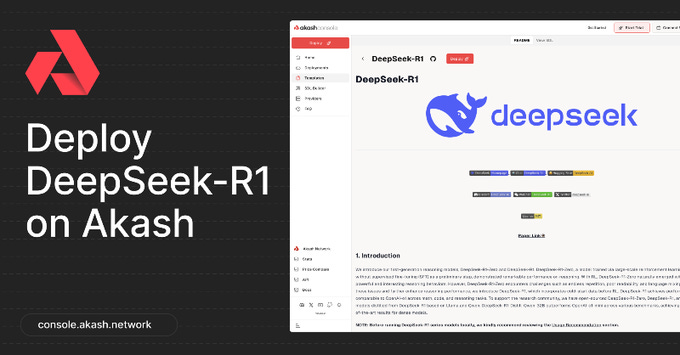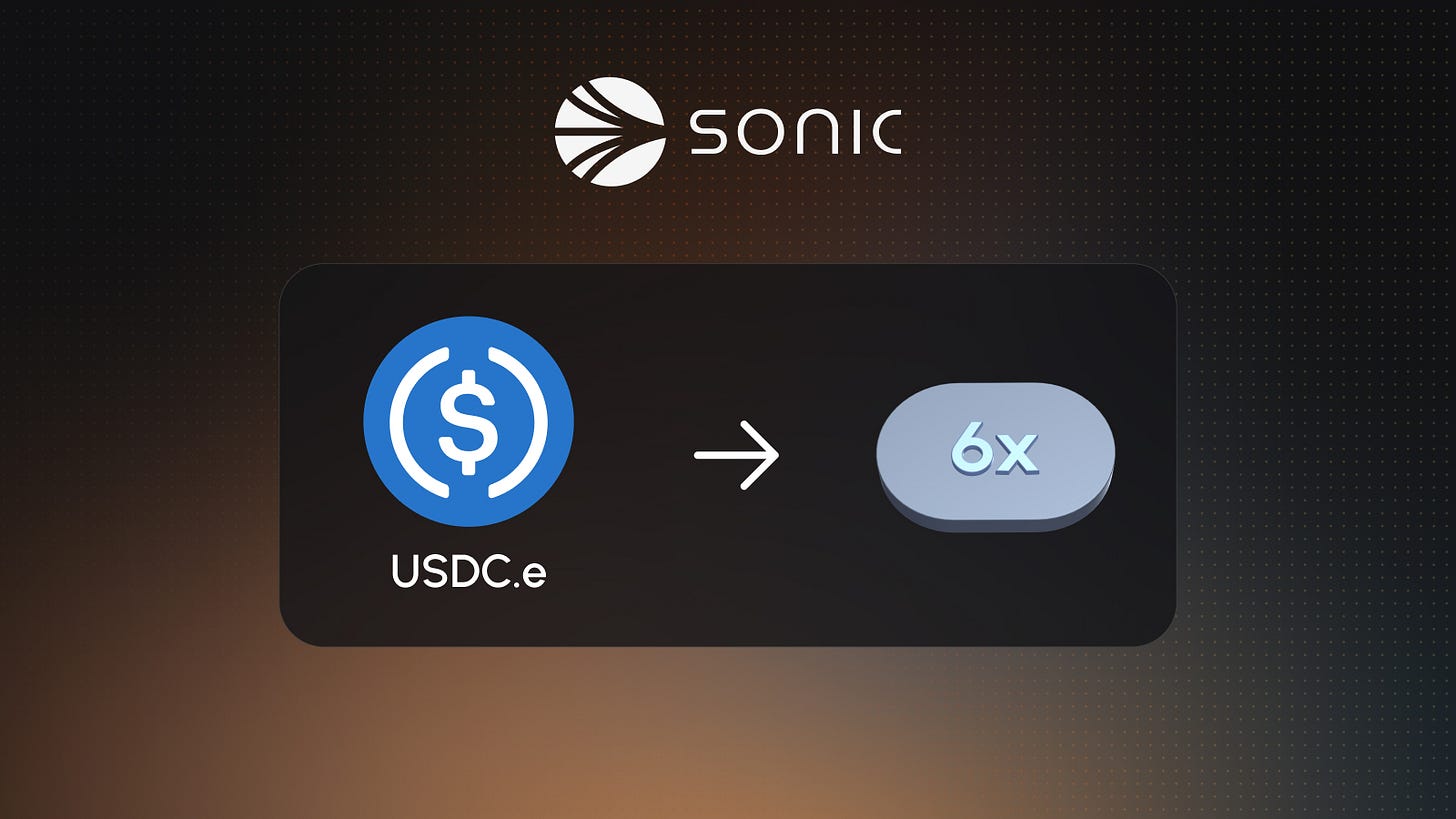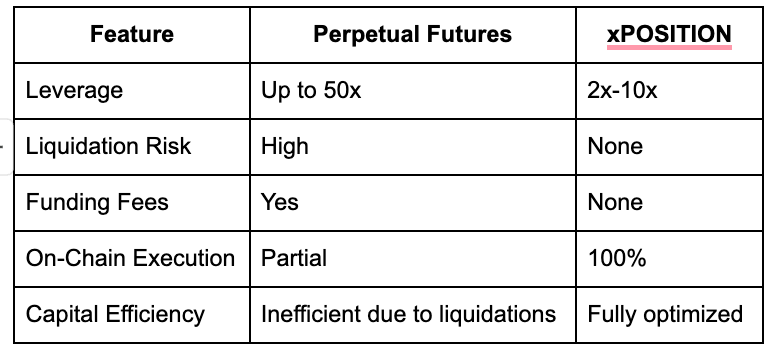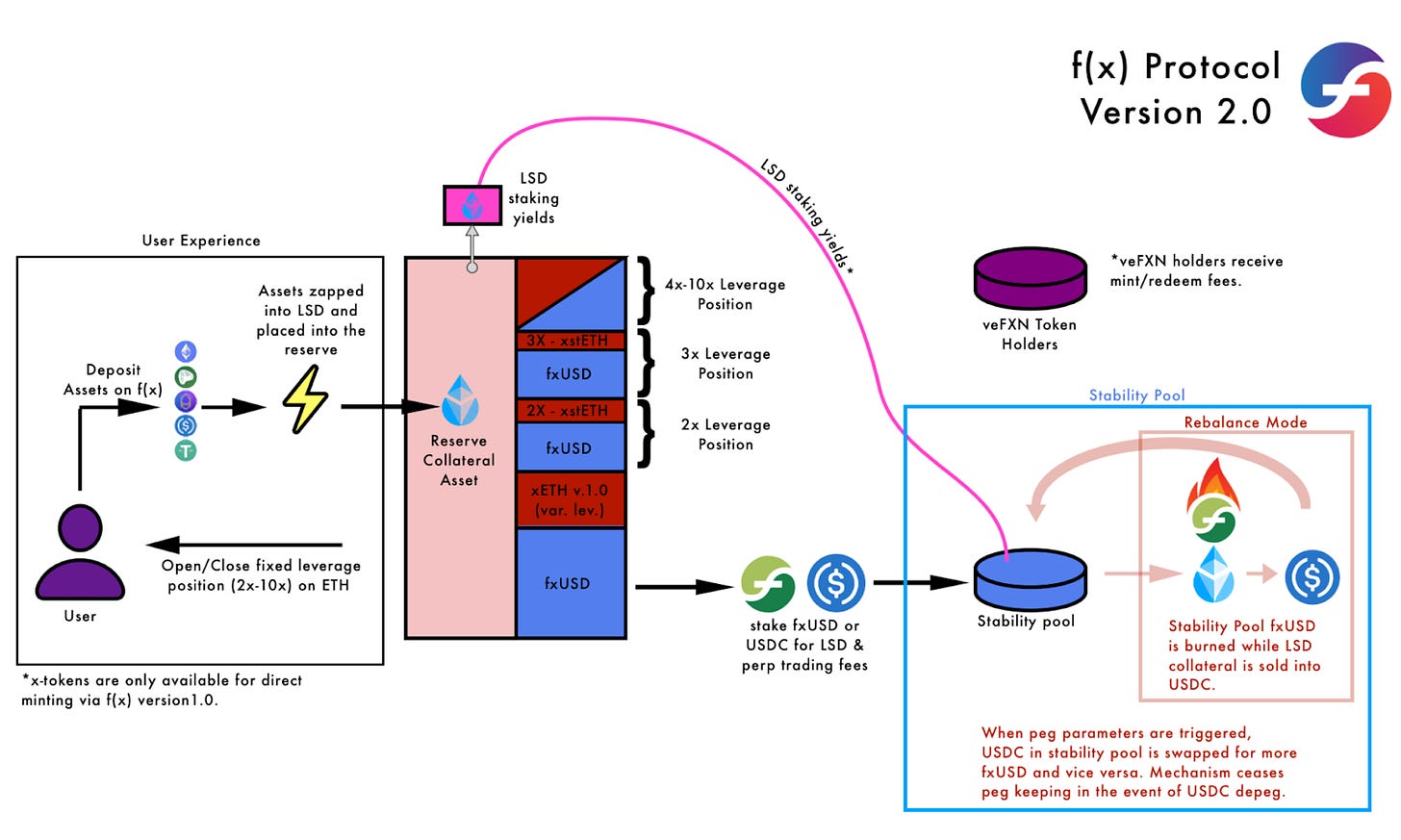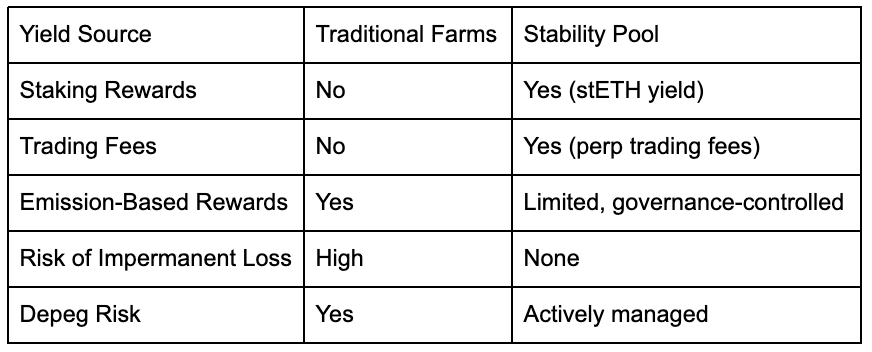Berachain Launches Proof of Liquidity Rewards, Nillion Mainnet and $NIL Now Live, f(x) Protocol 2.0: Non-Liquidatable Leverage On ETH and now BTC
Launches 🚀
Nillion officially launched its Alpha Mainnet and $NIL token, marking the start of its privacy-focused ecosystem. Users can now build with Blind Modules, stake with Genesis Validators, and transact $NIL across wallets. The network aims to redefine the internet with privacy as a foundational principle.
Berachain's Proof of Liquidity is now live, enabling block rewards to fuel ecosystem activity and reward users. 37 new reward vaults have been approved, distributing BGT emissions to various applications. Incentives update every 5 hours and are distributed over 3 days. Users can track emissions and optimize rewards via BeraHub.
WOO X launched “MY WOO,” a new staking model offering real yield via revenue share from both CeFi and DeFi, without inflationary emissions. Users earn benefits by holding or staking WOO, with no lockups and daily auto-compounding buybacks. In Q1, stakers earned over $1M in USDC, with 6.4M WOO bought back and 5.3M burned. Nearly 17% of supply is on track to be staked.
More updates, including an investor report and AI-powered trading platform, are set for early April.
Do you have Unclaimed Rewards? If you are a DeFi Saver user, you can now see all earned rewards from supported protocols directly on the Portfolio page, covering more than 10 tokens, including $AAVE, $COMP, and MO 0.00%↑ RPHO. No more digging through dashboards—just clear, instant visibility into your earnings. Check now—there might be a surprise waiting.
Updates 📰
Akash Network announced support for deploying DeepSeek-R1 on its Supercloud, offering users full privacy, self-custody, and dedicated access.
Term Labs unveiled $TERM tokenomics with a 100M supply. 56.04% is allocated to the community, including 46.04% for ecosystem growth and 10% for the Foundation. Founders, contributors, and investors hold 43.96% with a 1-year cliff and 3-year vesting.
Governance is community-driven with veto power, and staking follows the Unistaker model with fee-sharing as protocol activity grows.
DIA confirmed Lumina is built using the Arbitrum stack, citing its speed, modularity, and flexibility as essential for a fully on-chain, trustless oracle rollup.
Arbitrum Orbit enables ultra-fast blocks, custom performance, and Ethereum-aligned decentralization—key to DIA’s vision ahead of Lumina’s mainnet launch.
Shogun is now live on Sonic, enabling 1-click token swaps across Solana, Ethereum, and more. The launch includes support via Shogun’s trading bot, web app, and API.
Drift introduced updates to its Vaults, including verified manager badges, FUEL rewards for deposits, and improved tracking of vault positions. Users can now deposit more confidently and monitor performance more easily.
Upcoming ⏳
Curvance teased its upcoming launch with the phrase “Mainnet is a mindset,” hinting at progress toward deployment while reinforcing its brand identity.
PancakeSwap and Binance Wallet are hosting an exclusive TGE for Particle Network on March 25 from 10:00 AM to 11:00 AM UTC. Users can subscribe during the event window, with full activity rules available on Binance.
TaoFi will launch an Ethereum to Bittensor EVM stablecoin bridge on March 26, powered by Hyperlane. The bridge aims to simplify onboarding to the Bittensor ecosystem, with an initial TVL cap of $10 million.
Airdrops 🪂
mETH Protocol teased the launch of Season 3, set to begin this week. Further details are expected soon.
Clearpool introduced Droplets, Ozean’s new points system for earning rewards. Users can earn Droplets by joining the pre-deposit campaign on Ethereum, depositing assets like USDC, USDX, wBTC, and wstETH, and receiving bonus multipliers when bridging to Ozean Mainnet.
Droplet holders will be eligible for future airdrops, boosted APYs, governance influence, and early access to RWA opportunities.
Farms 🧑🏻🌾
Sonic Labs updated its points system, increasing the USDC.e multiplier to 6x and whitelisting aUSDC and bUSDC.e-20. Point values are now displayed 1000x smaller for clarity, with no change to actual value.
Kamino is offering a 73% discount on USDC borrowing via its $cbBTC Growth Initiative. Users supplying cbBTC and borrowing USDC can earn a share of $300K in monthly rewards, distributed in real time and claimable through the Kamino UI.
For sponsorships, questions, or news tips, reach us at: support@todayindefi.com
f(x) Protocol 2.0: Non-Liquidatable Leverage On ETH and now BTC - A Game-Changer in DeFi
f(x) Protocol Launches New Bitcoin (WBTC) Market: 7X Leverage, Zero Funding Fees, and More
f(x) Protocol has taken a major step forward with the launch of its Bitcoin (wBTC) market, enabling traders to access up to 7X leverage with zero funding fees and minimal liquidation risk. This expansion builds on the success of the Ethereum market, which saw ETH long positions peak at over 20,000 wstETH.
Why This Matters:
Expanding Beyond ETH: Bitcoin remains the largest cryptocurrency, and its inclusion in f(x) Protocol marks a significant evolution in decentralized leveraged trading.
Zero Funding Fees: Unlike perpetual futures platforms, f(x) Protocol eliminates funding fees, making long-term leveraged Bitcoin positions more sustainable.
Reduced Liquidation Risk: The protocol’s unique design ensures that traders maintain their positions without the threat of sudden liquidations.
Capital Efficiency for BTC Traders: Just as xPOSITION provided a more efficient leverage model for ETH, Bitcoin traders can now access the same benefits.
Benefits for Stability Pool Depositors & veFXN Holders: With the Bitcoin market live, Stability Pool depositors and veFXN holders will now earn BTC trading commissions, which are automatically converted to wstETH. This new multi-asset yield stream enhances diversification and has the potential to increase returns for stability providers.
F(x) Protocol v2
Introduction: Leverage trading in DeFi has long been plagued by forced liquidations, perpetual funding fees, and inefficient capital usage. While centralized exchanges offer high leverage, they expose users to counterparty risk and liquidation events that wipe out positions. On-chain alternatives, such as perpetual futures and lending markets, often suffer from high borrowing costs and low leverage ceilings.
f(x) Protocol 2.0 changes this paradigm by introducing:
xPOSITION – A leveraged ETH long position that automatically rebalances to prevent liquidation.
Stability Pool – A yield-generating liquidity pool that earns rewards while maintaining system stability.
Newly Launched Bitcoin (WBTC) Market – High-leverage Bitcoin trading with zero funding fees and reduced liquidation risk.
This article explores the significance of f(x) Protocol’s Bitcoin expansion, how xPOSITION eliminates liquidation risk, and how Stability Pool depositors earn sustainable yield while reinforcing system stability.
How xPOSITION Avoids Liquidations & Why It’s Better for Leveraged Traders
1. The Problem with Traditional Leverage Trading Most DeFi leverage platforms suffer from:
High liquidation risks – If price movements go against their position, collateral is automatically liquidated.
Funding fees – Perpetual futures charge fluctuating funding rates, eroding profitability.
Borrowing costs – Money markets require over-collateralization, limiting leverage efficiency.
These factors make on-chain leverage trading expensive and capital-inefficient.
2. How xPOSITION Minimizes Liquidation Risk Unlike perpetual futures or lending markets, xPOSITION does not rely on forced liquidations. Instead, f(x) Protocol uses an automated rebalancing mechanism that prevents positions from reaching unsustainable leverage levels.
How xPOSITION Works:
Users deposit stETH as collateral to open an xPOSITION.
The system mints fxUSD, which acts as a counterbalancing debt asset.
As ETH price fluctuates, xPOSITION leverage adjusts automatically:
If ETH price drops, the system burns fxUSD from the Stability Pool to reduce leverage.
If ETH price rises, xPOSITION holders enjoy amplified gains, just like a leveraged long position.
Why xPOSITION is Superior to Perpetual Futures
By eliminating liquidation risks and funding fees, xPOSITION provides a more trader-friendly leverage system that ensures positions remain open even during market downturns.
The Stability Pool: How Users Earn Sustainable Yield
1. The Stability Pool: A Dual-Purpose Liquidity System The Stability Pool serves two key purposes:
Prevents xPOSITIONs from being liquidated by dynamically rebalancing leverage levels.
Offers yield farming opportunities for users who deposit fxUSD or USDC.
Rather than relying on liquidations, the protocol burns fxUSD from the Stability Pool when leverage levels exceed safe thresholds. This keeps xPOSITIONs stable while offering incentives to liquidity providers.
2. How Stability Pool Depositors Earn Yield Users who deposit fxUSD or USDC into the Stability Pool earn multiple sources of yield:
ETH staking rewards from collateralized stETH.
Perpetual trading fees from leveraged traders using xPOSITION.
Governance token emissions from veFXN incentives.
Why Stability Pool Yield is Sustainable Unlike traditional DeFi farming strategies reliant on inflationary rewards, f(x) Protocol's yield is driven by organic system fees and ETH staking returns.
The Stability Pool creates a positive-sum ecosystem where yield farming actively benefits leverage traders and stablecoin users.
Start Trading BTC or ETH without liquidations today
Click here to earn >30% APR from Stability Pool
Today in DeFi is Supported by f(x) Protocol
If you have any questions or feedback feel free to reach us at support@todayindefi.com
Follow @todayindefi to keep up with the latest DeFi news on Twitter.
Disclaimer: Projects or tokens mentioned in this newsletter are often experimental or unaudited. Do your own diligence before using or buying anything mentioned.





